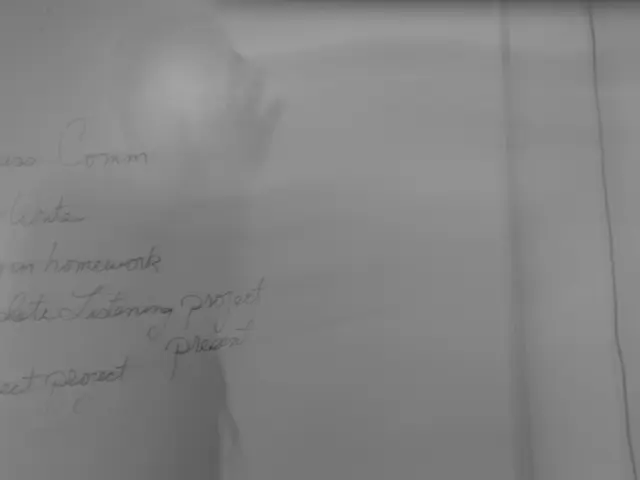U.S. and Poland Ink Agreement for Construction of Poland's First Nuclear Power Plant
Poland and the United States have strengthened their energy cooperation, as the Eastern European nation advances the development of its first nuclear power plant. The updated partnership was formalized on Monday, April 28, 2025, through an Engineering Development Agreement (EDA) signed between Poland's state-owned company Polskie Elektrownie Jądrowe (PEJ) and a consortium led by American firms Westinghouse and Bechtel.
The agreement, reached during a meeting in Warsaw, represents closer collaboration and a mutual commitment between the two nations. Poland's Prime Minister, Donald Tusk, and US Secretary of Energy, Chris Wright, announced the updated partnership at the meeting.
Prime Minister Tusk emphasized the importance of the investment during a press briefing, stating that 16 key areas had been revised to ensure a more secure and mutually beneficial project. This revised agreement sets a strong foundation for the continued cooperation between PEJ and the Westinghouse-Bechtel consortium, following the expiration of the previous Engineering Service Contract (ESC).
According to government officials, the EDA outlines the next stages of the project's design and development, paving the way for construction in the future.
The nuclear power plant will contribute to Poland's efforts to diversify its energy mix, reduce reliance on coal, and enhance energy security. These efforts have become more pressing amid Russia's ongoing war in Ukraine and the subsequent European drive to eliminate dependence on Russian energy supplies. Poland, which has historically relied heavily on coal and gas imports from Russia, has accelerated its pursuit of alternative energy sources.
Secretary Wright welcomed the signing of the agreement, heralding it as a foundation for a long-term partnership between the two nations. He projected the creation of tens of thousands of jobs in both Poland and the US as a result of the project, emphasizing its economic benefits. The power plant will also provide energy security for the Polish economy for many years.
Further discussions during the meeting focused on issues related to liquefied natural gas (LNG) imports, underscoring Poland's efforts to achieve energy independence from Russia. Prime Minister Tusk also mentioned the possibility of supporting Ukraine's energy security through future Polish-American initiatives, without imposing extra costs on Poland.
As Poland moves forward with this flagship project, several stages remain before construction begins. PEJ must secure regulatory approvals, conduct environmental assessments, and finalize financing arrangements. The Polish government hopes to have the first nuclear power plant operational in the early 2030s.
This project is a critical step in Poland's broader energy transition strategies, as the country seeks to decarbonize its economy and enhance its energy sovereignty. The success of this endeavor will serve as an indicator of Poland's commitment to its long-term energy objectives.
- The updated partnership between Poland and the United States, formalized through an Engineering Development Agreement (EDA), signifies a strengthened energy cooperation.
- Poland's Prime Minister, Donald Tusk, and US Secretary of Energy, Chris Wright, announced the revised agreement with a focus on 16 key areas for a more secure and mutually beneficial project.
- The EDA outlines the next stages of the project's design and development, paving the way for construction in the future.
- The nuclear power plant, once operational, will contribute to Poland's efforts to diversify its energy mix, reduce reliance on coal, and enhance energy security.
- Secretary Wright highlighted the creation of tens of thousands of jobs as a result of the project, underscoring its economic benefits.
- Further discussions during the meeting focused on issues related to liquefied natural gas (LNG) imports, emphasizing Poland's pursuit of energy independence from Russia.
- Prime Minister Tusk mentioned the possibility of supporting Ukraine's energy security through future Polish-American initiatives, without imposing extra costs on Poland.
- The success of this nuclear power plant project will serve as an indicator of Poland's commitment to its long-term energy objectives, including decarbonizing its economy and enhancing its energy sovereignty.






